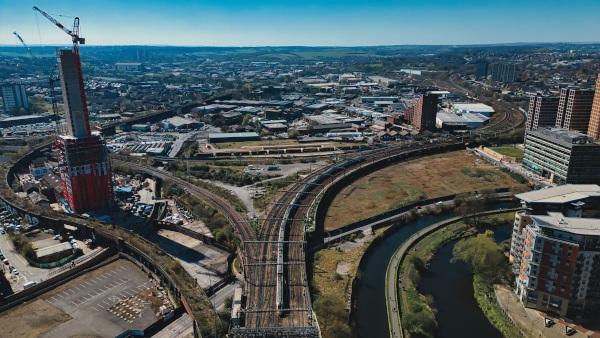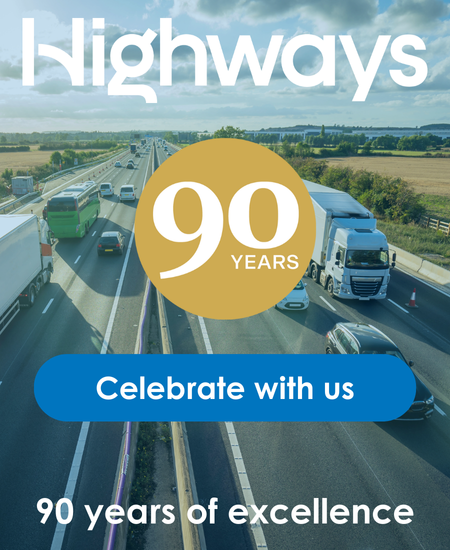Ian Mulheirn, chief analyst at the Department for Transport (DfT), writes about appraising transport schemes and how this can be done to the benefit of all stakeholders.
How should we decide what transport schemes to spend public money on? A key tool we rely on is transport appraisal, by which local, regional and central government assess the value for money of proposed schemes.
At the Department for Transport (DfT), we’re in the process of setting a new five-year strategy to make appraisal work better, and we want to hear from our stakeholders at every level of government to make that happen.
Appraisal arouses strong feelings. It can sometimes seem like an unhelpful constraint on decision-making. But used well it can help us to realise policy objectives efficiently and challenge us to find the best way to deliver the transport network we want to see. And at a time when budgets are tight at all levels of government, it’s a vitally important way to ensure that proposed projects represent good value for taxpayers’ money.
This type of ‘cost-benefit analysis’ started to be used around 60 years ago to help the then Ministry of Transport prioritise its own spending. Today’s more sophisticated Transport Analysis Guidance, or ‘TAG’, has developed into something that applies at all levels of government.
As appraisal stakeholders have grown in number and diversified, so has our need to make sure it meets their needs and sustains their confidence by making sure the analytical toolkit can fairly represent their policy aims. That’s why the way we do appraisals has to evolve.
At the Spending Review, earlier in the summer, HM Treasury published a review of the Green Book – the overarching framework for appraisal in government – to improve it. The Review proposed changes, from avoiding an overemphasis on quantifiable benefits and costs, captured in a scheme’s benefit-cost ratio, to improving our assessment of the potential for schemes to create ‘transformational’ change in an area. These important reforms, together with simplifying the guidance, will significantly improve how we assess infrastructure schemes.
In transport, we are going further to enhance decision-making and appraisal as one element of the Department’s Integrated National Transport Strategy, to be launched later this year. Underpinning that work will be a new Appraisal Modelling and Evaluation Strategy (AMES): an improvement plan that identifies where we should focus our efforts over the next five years.
We want appraisal to work for all our stakeholders, allowing them to realise their visions and transport strategies and putting evidence at the heart of that process. Using analysis to support good strategies and policy making means shaping our guidance with the right balance of coverage and simplicity. This is more important than ever in a world of limited funding, where the capacity to do high-quality analysis is thinly spread.
That’s why we’ve been engaging widely in recent months with appraisal experts and practitioners across the country. We want to hear from our stakeholders about where we can improve the transport analysis toolkit. For example, does it adequately capture the intangible benefits of improving the urban realm? What about major projects designed to transform a town or city? How can we better quantify the health benefits of active travel? And perhaps most importantly, how can we make doing such analyses easier?
This September, we will be stepping up that engagement, hosting a number of workshops around the country – in Leeds, Manchester, Birmingham, London and online - to hear from policy leaders and other stakeholders. We’re also asking people to feed their views into the process in writing.
We will complement our stakeholder engagement with expert review of the strengths and weaknesses of the existing guidance as well as the emerging proposals of our strategy. The review will be undertaken by leading academics in the field, representing a diverse range of perspectives on current practice.
Transport appraisal will never be a perfect framework. But when public money is tight, and the Government’s primary mission is to deliver economic growth, it is more important than ever that investment decisions are made with a well-evidenced assessment of the benefits they will generate for citizens.
We want to hear from transport stakeholders across the country to break new ground and ensure that the analysis that informs transport policy is robust, trusted and influential. That process starts now.
To have your say now, we have set up the following survey and would value your opinion: https://www.smartsurvey.co.uk/s/amesfeedback/






